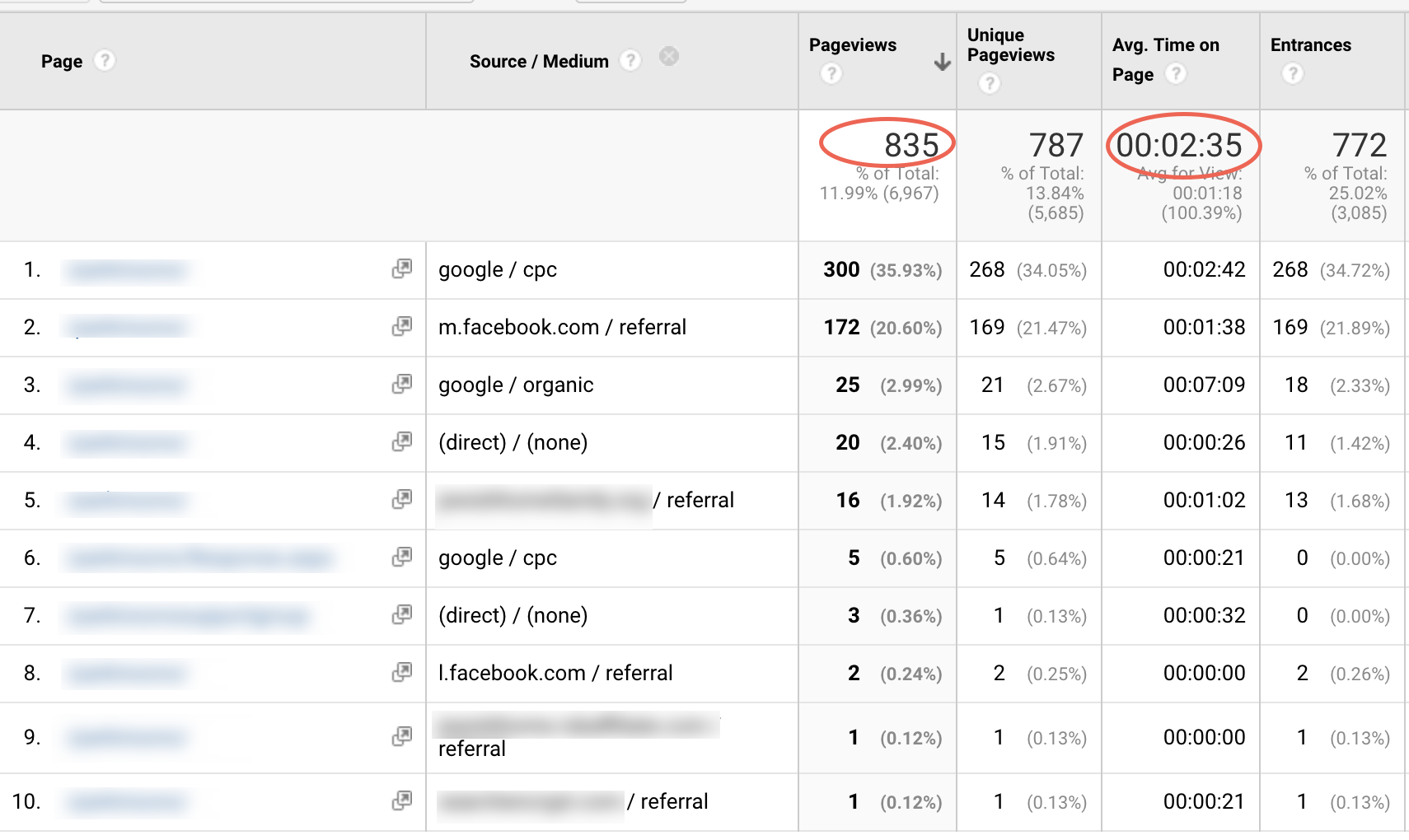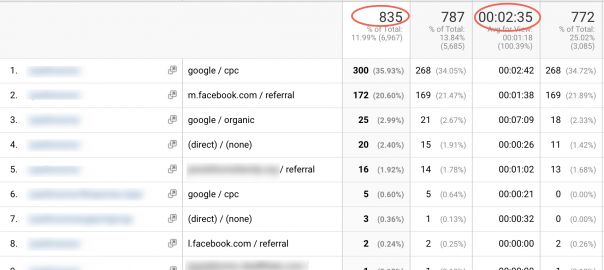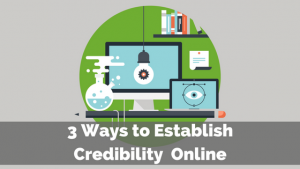— June 10, 2019
In my last article on this blog, I described how brand awareness in PPC is sometimes viewed as less important than PPC performance.
Unfortunately, too many companies put all their attention on the performance of their paid search campaigns — and undervalue their brand awareness campaigns.
Which is unfortunate because brand awareness is often a major driver of performance!
Why is this the case? Because when your product or service is expensive and/or complex, you have to lay some foundation before you can get a conversion. You have to give potential customers the opportunity to get to know you and what you bring to the table.
Brand awareness lies at the heart of this kind of foundation building. But by the time you get to the end of your conversion process, you’re too busy celebrating to remember all of the groundwork that went before. So your performance campaigns take all the credit.
Therefore, in the first part of this blog post, I will highlight some of the metrics that will help you see how you’re doing with brand awareness.
In the second part, I’ll look at a real life example.

Brand Awareness Metrics
So what metrics should you look at as a measure of brand awareness?
Here are some good places to start:
Traffic Metrics
Traffic metrics don’t tell the whole story of brand awareness. But they are a good indicator.
1. % New visitors
Ideally, you want to see a good percentage of new visitors coming to your site. A higher percentage of new visitors means that people are discovering and learning about you.
In essence, new visitors mean new business. So you want to see a slow, steady increase.
If you’re only getting returning visitors, that’s a major red flag.
2. Direct traffic
How are people finding your website? Is it through referrals, organic search, paid search or direct traffic?
Direct traffic is when people either type in your URL or reach it via a browser bookmark. For this to happen, people must already be familiar with your brand and website.
Therefore, direct traffic is a metric that reflects brand awareness.
Again, this a place where you want to see steady growth.
3. Number of visits from your branded campaign
There’s no set number of visits that you’re going for here. But you do want to see this number increase over time.
If people are finding and clicking on your ads that featured your branded terms, that could be a sign that your brand awareness campaigns are working. Otherwise, they would be less reluctant to click on those ads.
Engagement Metrics
1. Pages per session
How many website pages are people visiting (on average) during each session?
The more pages people visit per session, they more engaged they are. More pages means they’re truly interested in your site and want to explore it.
2. Average session duration
Similar to the above, the amount of time each visitor spends on your site is another good indicator of engagement. The more time they spend, the more engaged they are.
Form Completion Metrics
Form completion is more often thought of as a performance metric. But it can also be a brand awareness metric.
For example, we have a client whose brand awareness campaigns is driving form completions (and leads). Form completion wasn’t our primary goal. But we’ll take it as a bonus!
A Nursing Home Example
What do these metrics look like in reality? Let’s use a real life example to illustrate.
We have a nursing home client that specializes in providing support for a particular type of degenerative disease.
We’ve been running their PPC campaigns for awhile. But we haven’t been getting many leads (a performance metric). So does that mean these campaigns aren’t working?
Not at all. There are a number of factors to consider.
First, for a number of reasons (some of which are technical), the client hasn’t been able to set up phone call tracking. So it could be that we’re getting more conversions than we know — but they’re happening over the phone and we can’t quantify them.
Second, our PPC campaigns are still their best marketing channel. So there’s that.
Third, think about the nature of this client’s “product.” Moving a loved one to a nursing home is a big, complex, expensive decision. It requires a lot of research and thought.
So how likely is it that someone will be motivated by an online ad to make an immediate commitment?
Not likely.
In this kind of situation, you need to start with brand awareness. You need to help prospective clients get to know you and what you offer. You have to build trust.
Part of this heavy lifting can be done through brand awareness campaigns.
So if you evaluate your PPC campaigns purely by performance metrics, such as signing a contract or setting up an appointment, you’ll be disappointed.
But if you evaluate these campaigns by brand awareness metrics, such as traffic, new visitors, time on site, etc., then you’ll start to see that these campaigns are laying the groundwork for an eventual conversion or sale.
Here’s a screenshot from Google Analytics for this client. It shows some of the brand awareness metrics discussed above:

As you can see, the average time on page for this client is impressive. Over 2.5 minutes! That’s a clear sign of engagement.
The number of page views also looks good.
So I argued (and the client agreed) that we would be wise to continue our brand awareness campaigns.
Unfortunately, not all clients come around to this way of thinking.
We typically run both performance and brand awareness campaigns for our clients. But sometimes, when performance metrics go up (likely driven by brand awareness activities), some clients will say, “Oh good! Performance is up. So now we can cut back on brand awareness.”
This response is understandable. But it’s also short-term thinking.
Other clients will say, “Oh good! Performance is up. Our brand awareness campaigns are starting to pay off. Let’s put even more into these campaigns so we can continue to grow our results.”
Of course, no business has an unlimited budget for advertising. And so, you may need to adjust the percentage of PPC budget that goes to brand awareness vs. performance over time.
But the percentage that goes to brand awareness should never fall to zero.
Don’t Underestimate the Value of Brand Awareness
Brand awareness has an important role to play in your business, even if that role is sometimes “behind the scenes.”
So don’t make the mistake of thinking that you can cut brand awareness and rely solely on your performance activities.
Because if you jeopardize the foundation, the entire house may fall.
Digital & Social Articles on Business 2 Community
(32)








